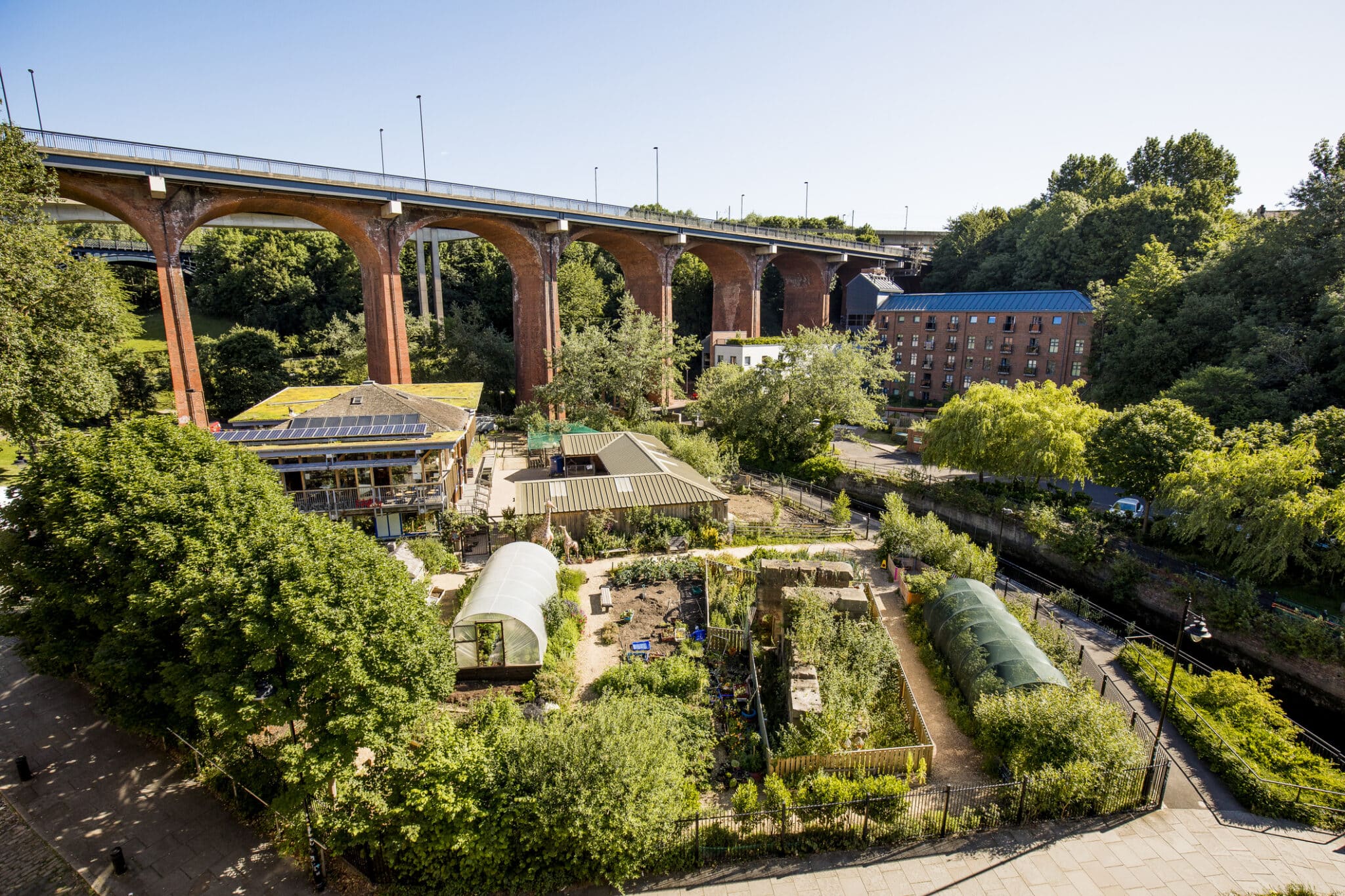The 2-Minute Rule for City Blooming
The 2-Minute Rule for City Blooming
Blog Article
City Blooming Can Be Fun For Everyone
Table of ContentsLittle Known Questions About City Blooming.An Unbiased View of City BloomingLittle Known Questions About City Blooming.How City Blooming can Save You Time, Stress, and Money.Not known Details About City Blooming

As you stroll the roads of the Bronx, Southside Chicago or East Oakland, you might see have also seen big stories of ripening fruits and vegetables being gathered. What specifically are urban ranches and community yards? Urban farming, metropolitan farming, or metropolitan horticulture is the practice of growing, processing and distributing food in or around metropolitan areas.
Normally, metropolitan farming as a technique is a bigger financial investment than gardening. There are plenty of more hours spent right into the minutiae of farming, from the crop strategy to the tending of your beds. This moment dedication tackles a whole new significance once you understand the goal that is being functioned in the direction of and devoted, specifically that of getting a plentiful yield of plants to be taken in.
An area yard is a single piece of land gardened jointly by a group of people. Neighborhood gardens make use of either private or common plots on private or public land while producing fruit, vegetables, and/or plants grown for their appealing look. The standard design right here is that a big team of individuals each add a relatively small quantity of time to working their own story, and receive the fruits of their labor as a result.
Some Known Details About City Blooming

, and community companies by helping them establish and expand their very own gardens. The distinctions in between area yard and metropolitan ranch are nuanced, though in the end the very same fundamental activity takes placefood crop farming but within different business structures - garden care.
Urban ranches are normally more business and modern technology oriented, with the key objective of optimizing yields and marketing produce. Industrial metropolitan farms are commonly aimed at increasing manufacturing on normally little acreage with technologies in technologies such as aquaculture, hydroponics, and greenhouses and may partner with a business kitchen area to create locally-produced value-added items such as jams and sauces.
The 3-Minute Rule for City Blooming
The fruit and vegetables is generally expanded on a much smaller sized range and is taken home to eat at home or to share. By offering much required green spaces in penniless, concrete metropolitan locations, they permit for the benefits of yard horticulture to those lacking yards, and serve as exceptional examples of self-organization and area activism.
Some neighborhood yards, usually in city areas, move right into growing for business usage while some metropolitan farms open up their land for more socially mindful benefits. Regardless of exactly how you define and set apart both, they are both favorable pressures completely in cities around America and the world. They both offer less complicated access to fresh, regional produce; enhance a neighborhood's aesthetic; and work as outstanding instructional devices, teaching people where their food originates from. Little Axe Peppers has currently partnered with over 73 community yards around the United States.
As all of Tiny Axe Peppers' hot sauces are sourced with peppers from area gardens, your purchases directly aid money these regional jobs (https://soundcloud.com/cityblooming). So, participate in the revolution by.
A good friend of mine lately commented in a discussion concerning horticulture that "It's fascinating, I have actually constantly assumed that farming as a practice is somewhat like gardening. As I spent more and more time in my Urban Agriculture class I've come to understand that to say that gardening is a mini extension of farming would be a bit of stretch.
About City Blooming
They both revolve around the care of plants for some objective that can be sustenance, revenue or simply the satisfaction of the craft. They both need a financial investment on top of a time investment, something that blog a lot of individuals in our rapid paced life do not have a great deal of.
We can see that the similarities are plentiful, but are the differences enough to create a distinction? As a student at NYU I have the opportunity to collaborate with the leave It Much better Foundation, a group that shows standard nutrition and gardening to secondary school students. http://prsync.com/city-blooming/. This experience gave me a comprehensive foray into the globe of amateur horticulture beyond what lots of people have been in contact with
Farming as a practice is a bigger financial investment than horticulture. There are numerous more hours spent into the trivial matters of farming, from the plant plan to the having a tendency of your beds.
The ordinary garden enthusiast goes about his tasks as a job as opposed to a necessity and therefore distinguishes his or herself from the farmer. Nevertheless with this distinction in hand, they are both relaxing and soothing workouts that anyone can get, which on its own needs to be an advertisement for both.
City Blooming - The Facts
Something failed - home and garden. Wait a minute and attempt once again Attempt once more
Report this page